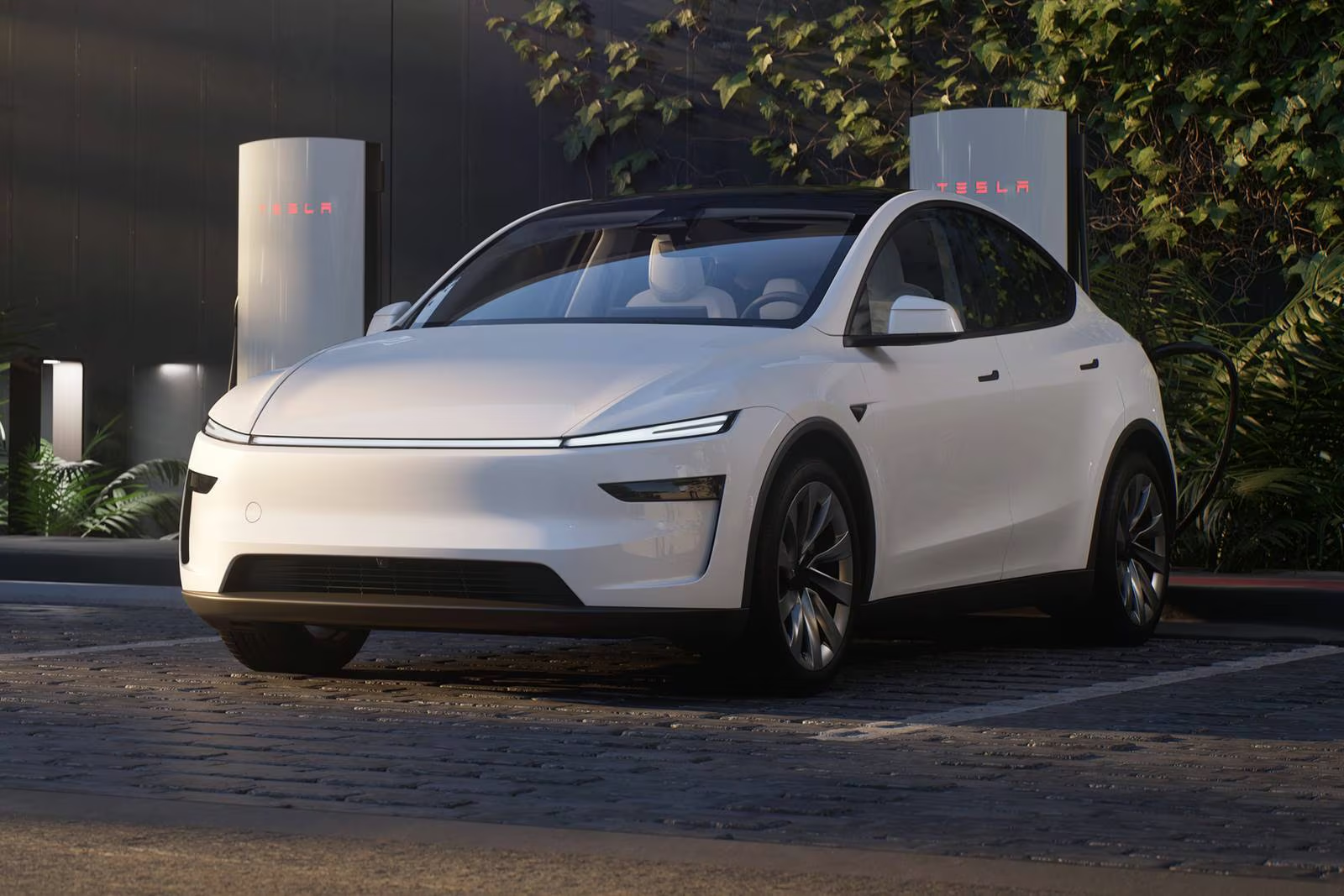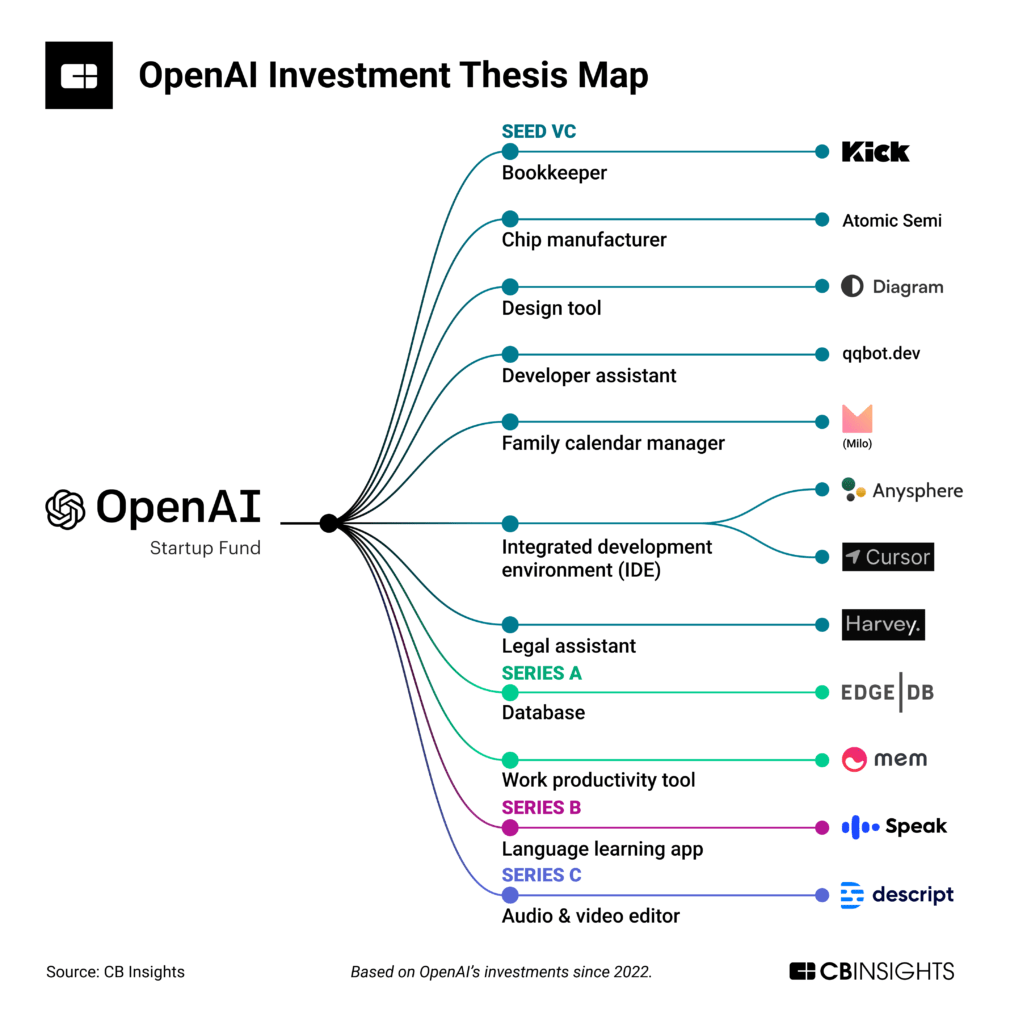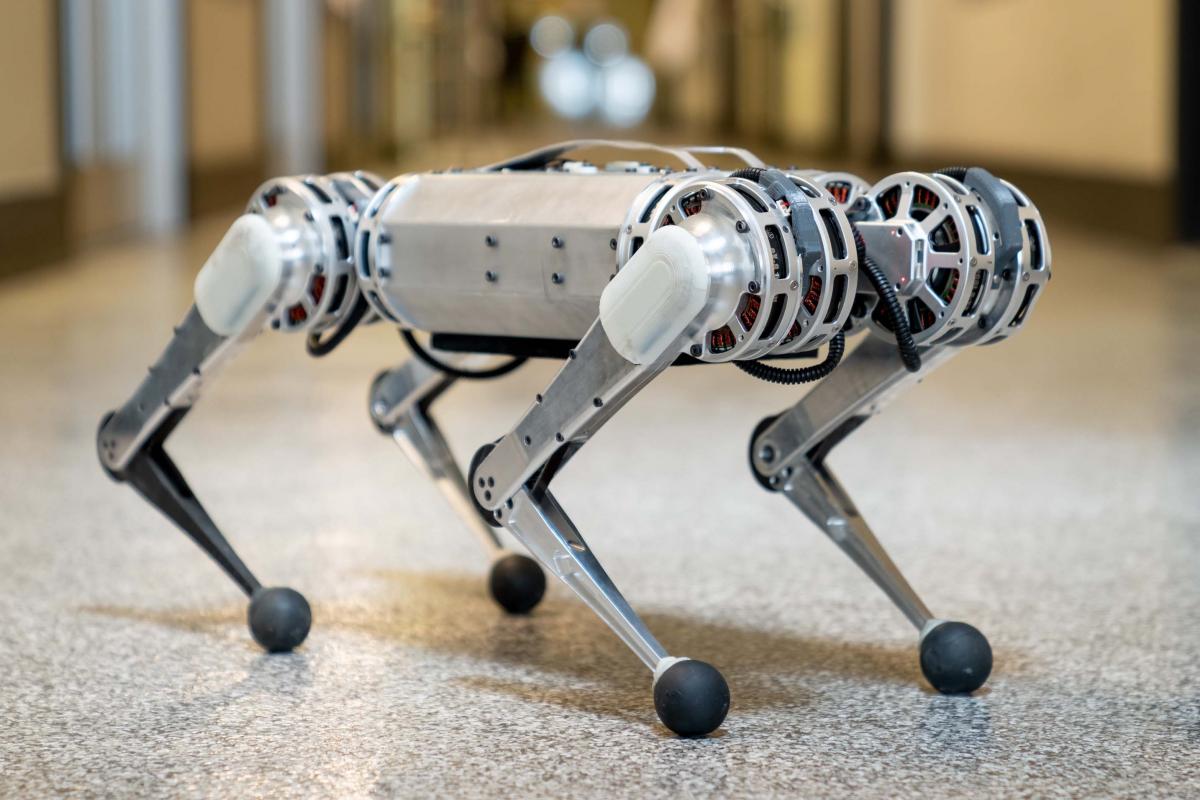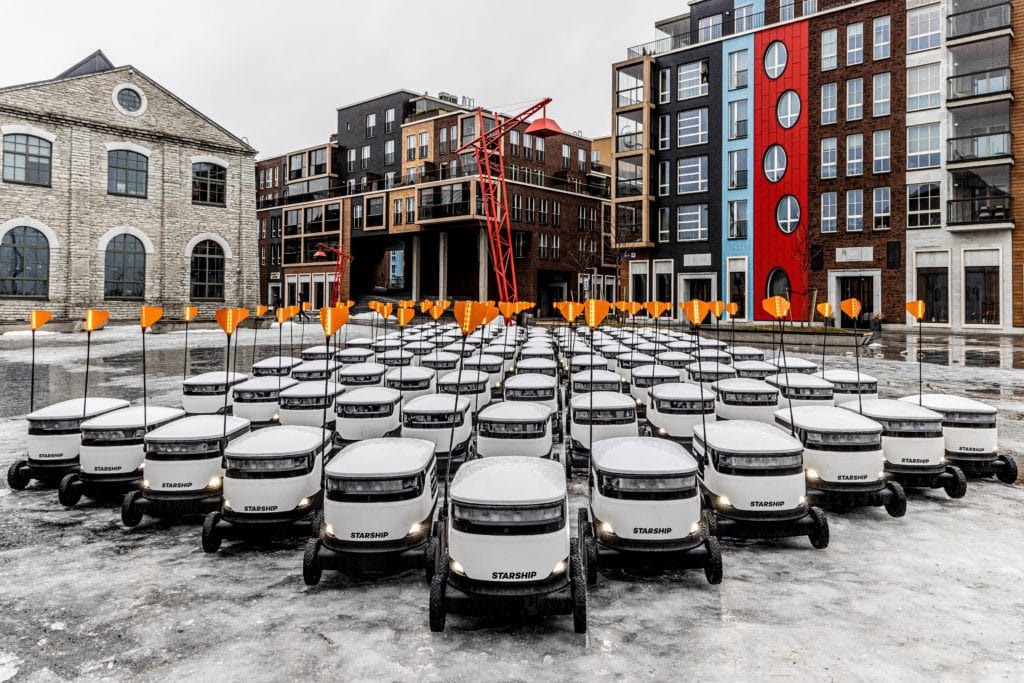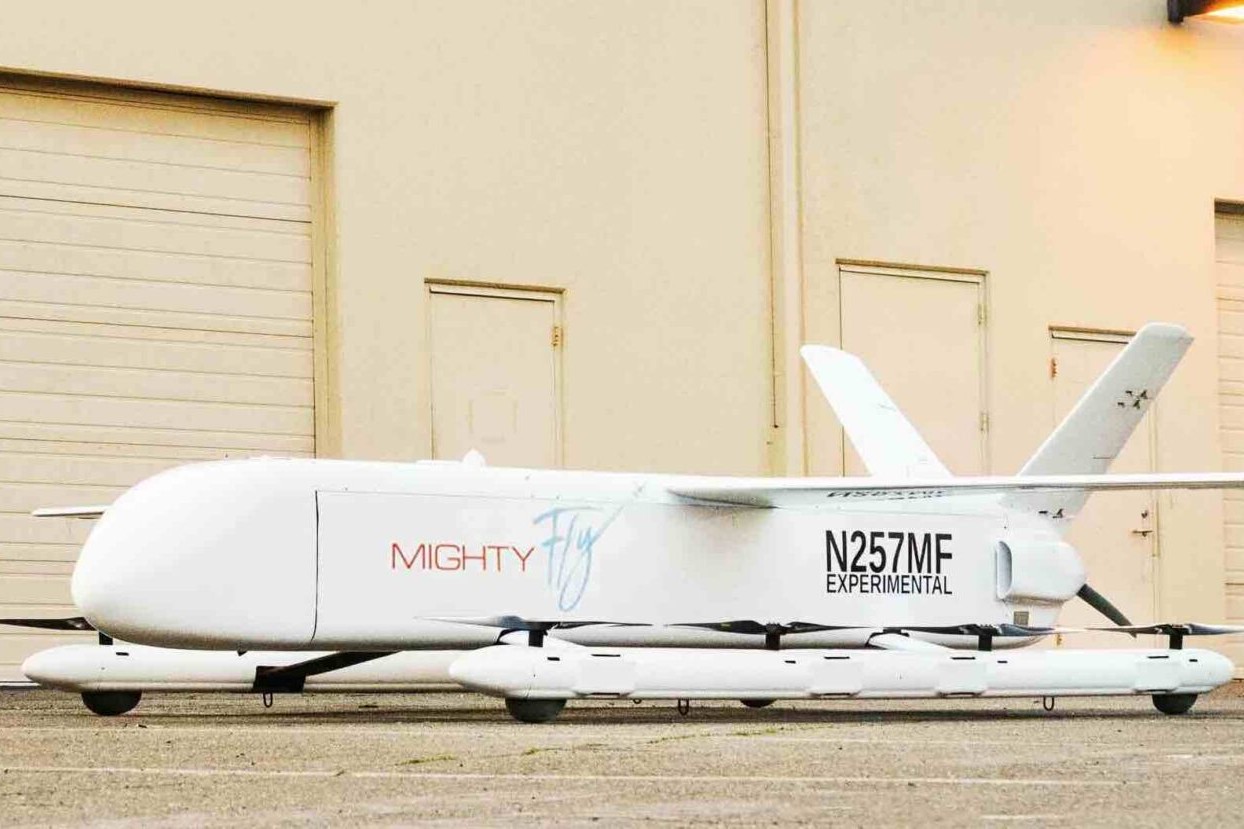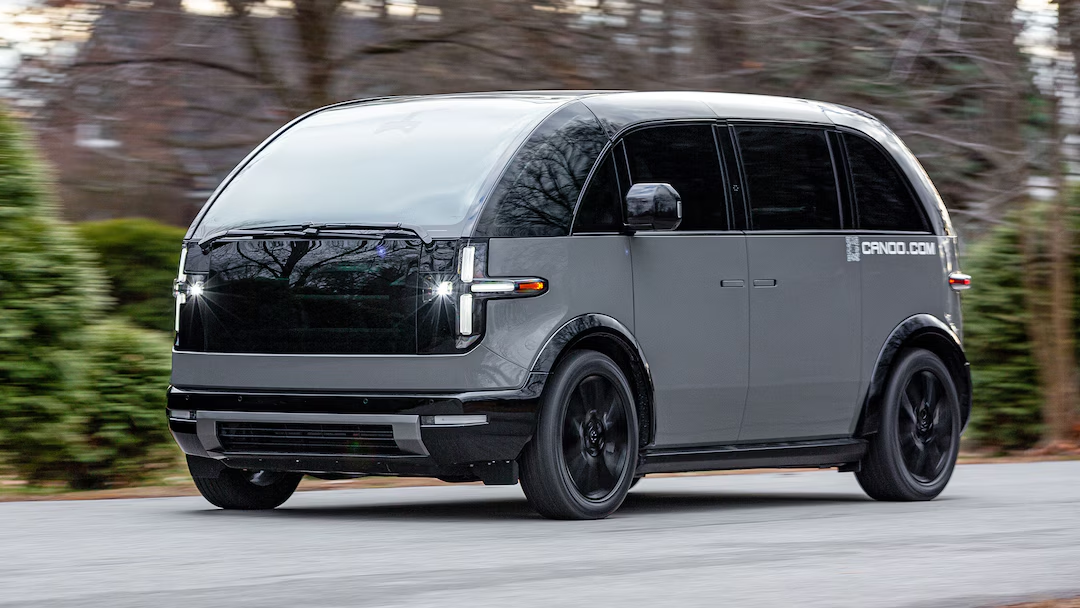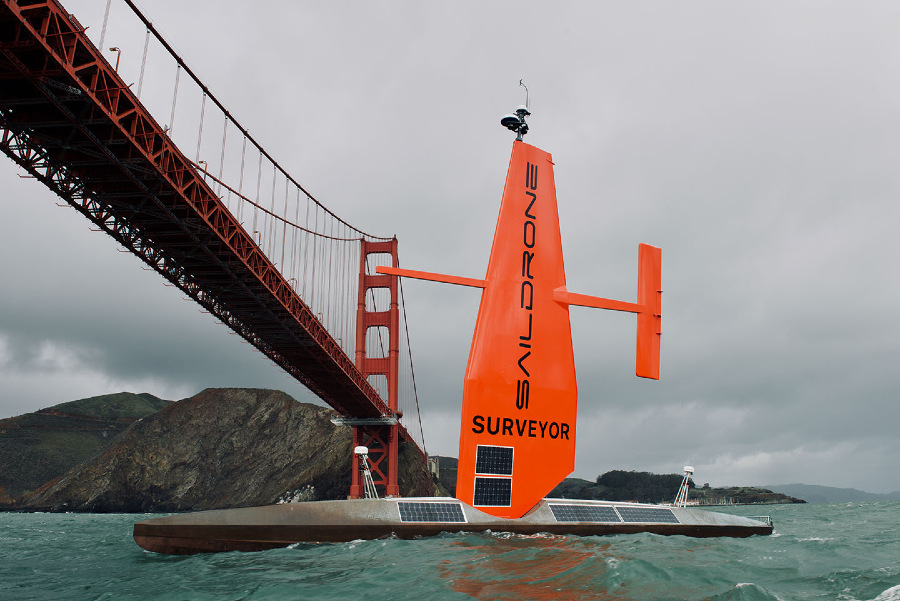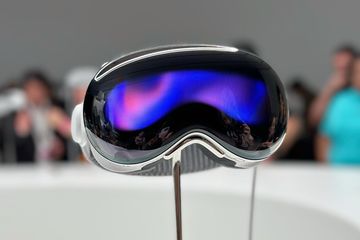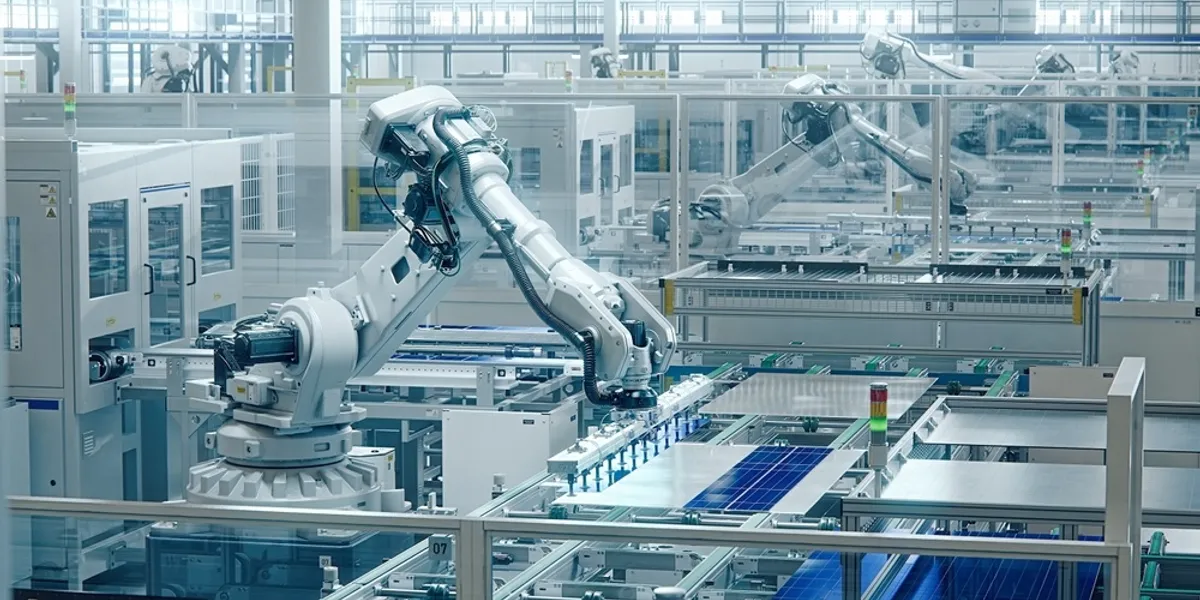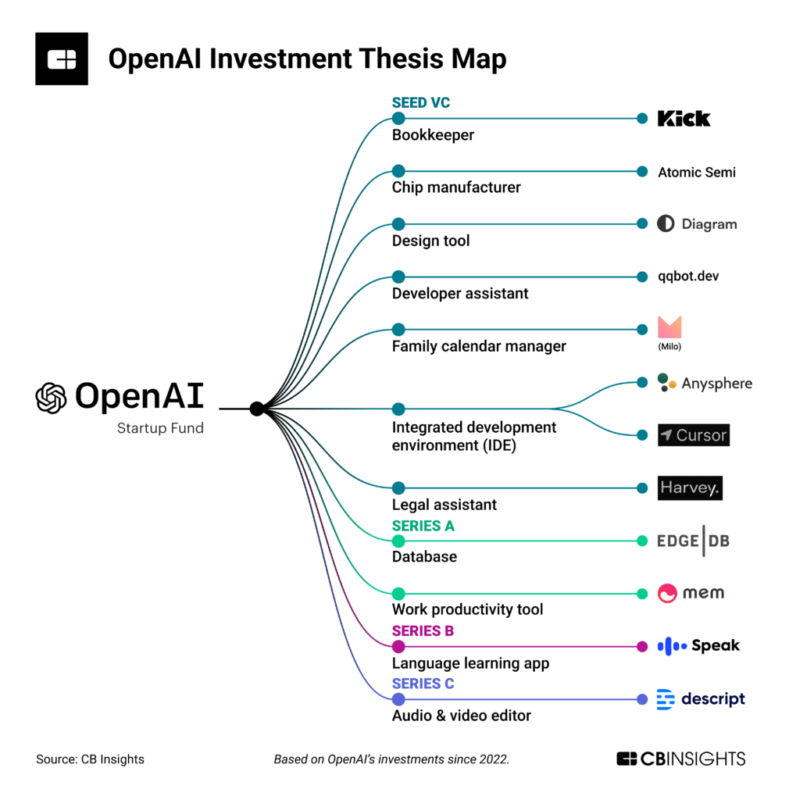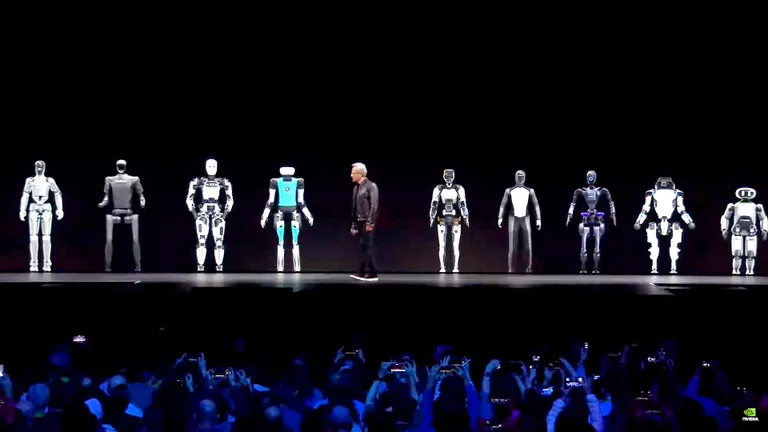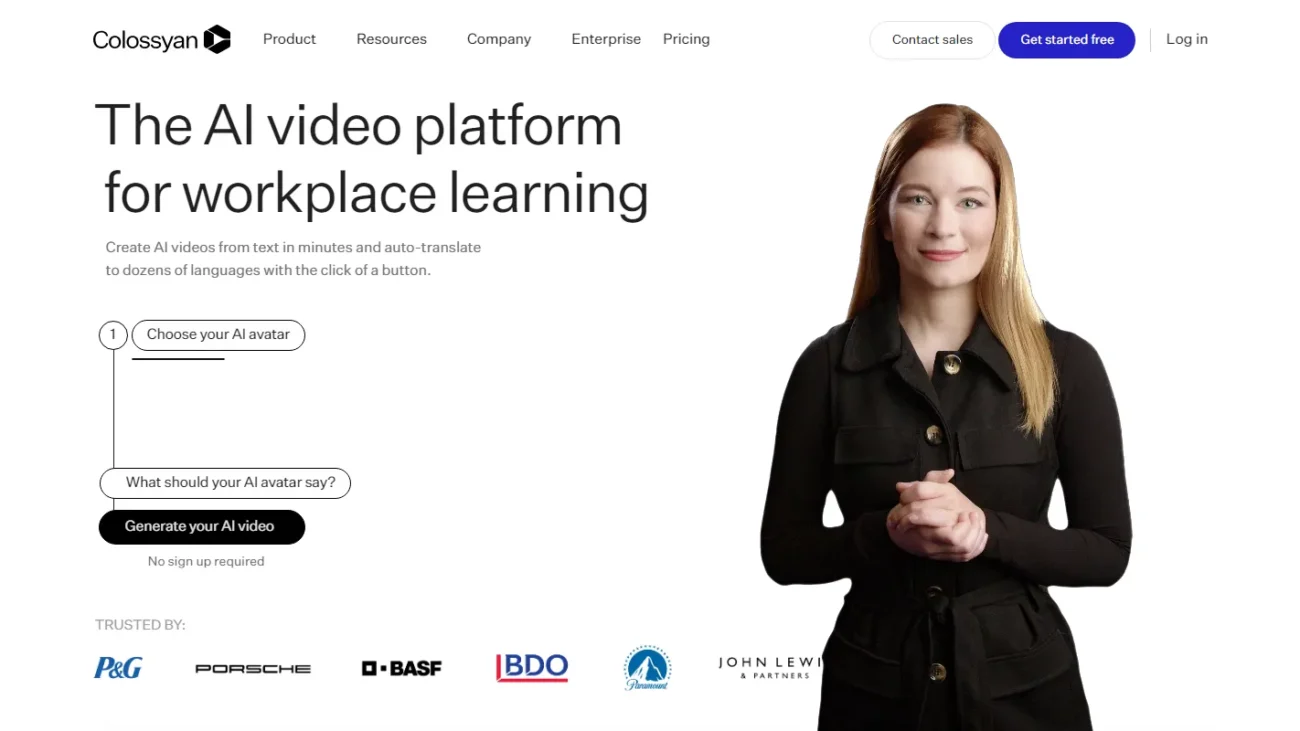Bay Area robotics startup Figure is fast-tracking its efforts to introduce humanoid robots into residential settings. CEO Brett Adcock confirmed on Thursday that the company will begin “alpha testing” its Figure 02 robot in homes by late 2025, an earlier timeline than previously anticipated. The decision is driven by advancements in Figure’s proprietary Vision-Language-Action (VLA) model, Helix.
Adcock’s announcement comes just a week after Figure officially unveiled Helix, a machine learning platform designed to interpret visual and natural language inputs. This capability enables the system to rapidly learn new tasks, significantly reducing training time. The development follows Figure’s decision to move away from its high-profile partnership with OpenAI in favor of in-house AI solutions like Helix.
While Figure has long expressed interest in domestic applications, its initial focus—like most humanoid robotics companies—has been on industrial deployments. Earlier this year, Figure began piloting its robots at a BMW manufacturing facility in South Carolina, a structured environment that provides a safer and more predictable testing ground compared to homes. Factories and warehouses are often seen as the logical first step for humanoid robotics, given their controlled conditions and strong financial backing from industry players.
However, Figure’s latest demonstrations suggest a renewed push toward home robotics. During a recent tour of the company’s South Bay offices, Adcock showcased early-stage lab tests of humanoids performing household tasks, including food preparation. The Helix platform is specifically designed to coordinate multiple robots working collaboratively on a single task.

Figure 02 in Action
Figure is not alone in pursuing home robotics. Companies such as Tesla and Apptronik have signaled their own ambitions in this space, envisioning humanoids assisting with household chores and elderly care. With aging populations in countries like Japan and the U.S., domestic robots could provide a solution for independent living, reducing reliance on caregivers and assisted living facilities.
Despite the potential benefits, home robotics presents unique challenges. Unlike controlled factory environments, homes vary widely in layout, lighting, floor surfaces, and clutter. Additionally, robots must navigate dynamic conditions, including pets, children, and unexpected obstacles. Norwegian startup 1X is among the few companies prioritizing domestic robotics from the outset, but the path remains complex, with hurdles including affordability, adaptability, and user acceptance.
By accelerating its home robotics timeline, Figure is positioning itself as a key player in shaping the future of humanoid AI assistants. With Helix at the core of its strategy, the company is betting on rapid AI-driven adaptability to overcome the challenges of home deployment.
